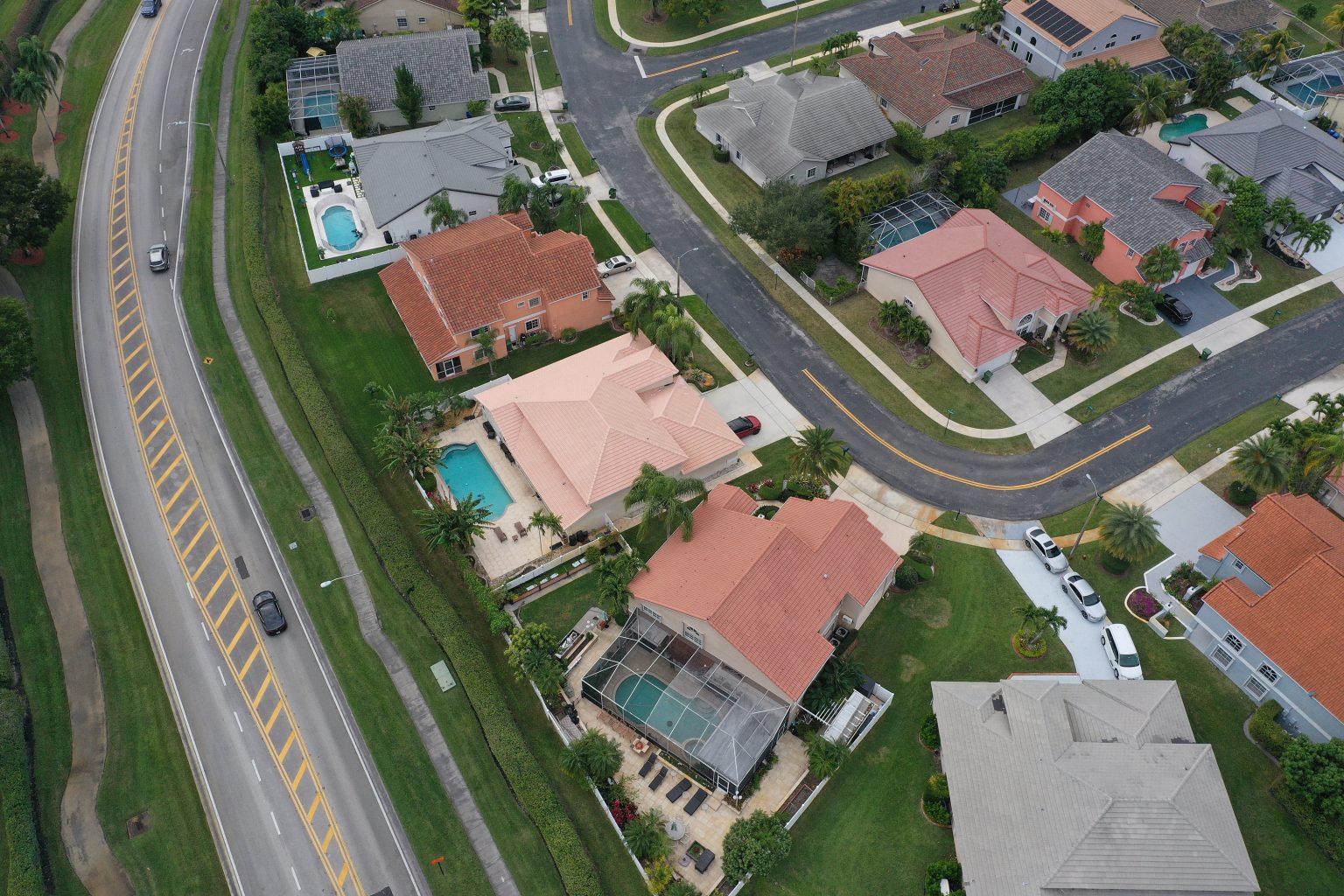In Palm Beach County, Florida, foreclosures have increased by more than 50 percent in February compared to the same time last year, according to data from ATTOM, a real estate data-analysis firm. As of February, there were 294 homes in Palm Beach with foreclosure filings, marking an almost 59 percent increase from the previous year. Lenders began the foreclosure process on 189 properties in the county and repossessed 7 homes through completed foreclosures. Experts attribute this rise in foreclosures to a correction in the housing market, which has experienced fluctuations during and after the pandemic due to soaring prices and elevated mortgage rates.
The housing market in Palm Beach County has seen a total of 529 foreclosures year-to-date, with the median sales price for a home in the county increasing by 9 percent year over year in February. Additionally, the median down payment made by homebuyers rose to $100,000, marking an annual increase of over 11 percent. Despite these increases, the number of homes sold in the county decreased by more than 16 percent to around 1,700, and the number of prospective buyers applying for purchase loans dropped to 804, a decrease of about 14 percent. However, refinancing loans saw a 50 percent annual increase as homeowners sought to refinance their mortgages.
The challenges facing the housing market in Palm Beach County are reflected statewide in Florida, with residents across the state facing foreclosures. In February, one in every 2,632 properties in Florida had a foreclosure filing, the highest rate in the country according to ATTOM. The cost of homeowners insurance in the state has also surged, with insurance companies leaving amid a rise in climate-change-related weather disruptions. This increase in insurance costs has further inflated the cost of buying property in Florida. ATTOM CEO Rob Barber characterized the recent rise in foreclosure activity as a market correction rather than a cause for alarm, signaling a return to more traditional patterns after years of volatility. He noted that while foreclosure activity may fluctuate, it is unlikely to reach the highs seen in the last decade.
The high cost of homeowners insurance in Florida has contributed to the challenges faced by residents in the state, with companies providing policies leaving due to climate-change-related weather disruptions. This has added to the overall cost of purchasing property in Florida, creating additional financial strain for residents. The fluctuations in the housing market in Palm Beach County are part of a broader trend impacting the state, with foreclosures on the rise and residents grappling with the economic consequences of these developments. Despite these challenges, experts believe that the housing market is undergoing a correction and returning to more traditional patterns after periods of volatility.
In conclusion, the housing market in Palm Beach County, Florida, has experienced a notable increase in foreclosures in February compared to the previous year, with residents facing challenges related to rising prices, elevated mortgage rates, and a fluctuating market. Despite these difficulties, experts view the rise in foreclosures as a market correction rather than a cause for alarm, with the sector moving towards more traditional patterns. The statewide trends in Florida, including high foreclosure rates and escalating homeowners insurance costs, highlight the broader challenges facing residents in the state. Ultimately, the housing market in Palm Beach County reflects the larger economic landscape in Florida and serves as a microcosm of the issues impacting homeowners and buyers statewide.


